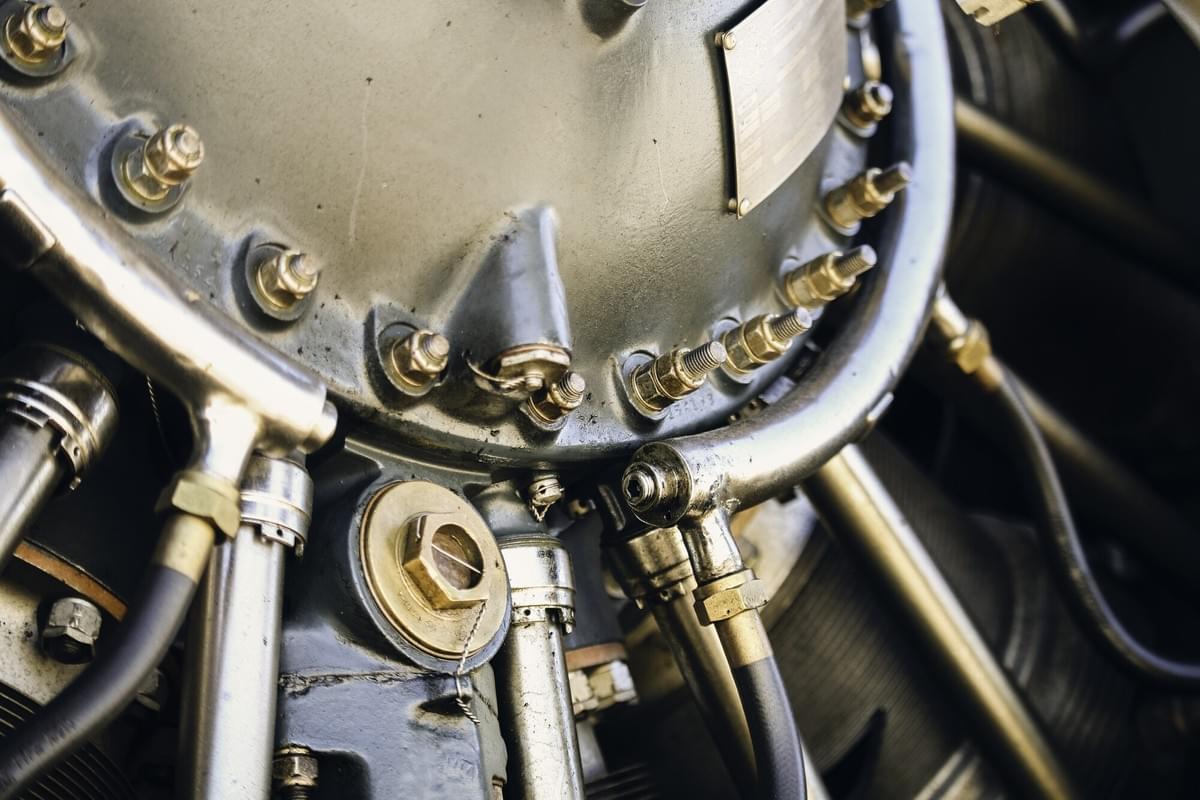
Vapor honing is a process that removes surface imperfections from a variety of materials. The equipment that is used for vapor honing is primarily used for the automotive and aerospace industries. The process is not just limited to metal or ceramic materials, but can also be used to finish plastics and wood. The process is fast, safe, and produces a high quality finish. The newest vapor hone systems are highly accurate and are suitable for a variety of applications. This article will help you discover more on the latest vapor honing technologies.
Vapor honing is a process for refinishing metal, similar to sandblasting, but is much more advanced than that. The slurry that is created during the process has abrasive particles that create a scrubbing action. The water then clears away these particles, leaving behind a smooth surface that is free of any residue. This method is ideal for removing dirt and grease from metal parts and is also a great choice for industrial purposes.
Dry blasting, on the other hand, uses abrasive media that causes a surface to become smooth. But the slurry used during vapor honing also includes water, abrasive material, and an abrasive media. The abrasive materials can include aluminum oxide, glass media, sodium bicarbonate, or ceramic beads. The choice of abrasive material will depend on the type of surface that needs to be cleaned.
There are several advantages to vapor honing. It is a good choice for scrubbing surfaces that have been damaged by grease or abrasive materials. It is a low-cost alternative to wet blasting, and it is easy to learn how to perform it on your own. And it's an inexpensive way to get a high-quality surface. But it's important to understand the benefits and disadvantages of the process before you decide to use it for your next project. Get more insights on how to use vapor honing for surface finishing here!
The process of vapor honing is very gentle. Compared to dry blasting, vapor honing is less damaging to sensitive surfaces. Unlike dry blasting, vapor honing does not leave any dust or debris behind, which means the slurry is much more effective than dry blasting. It's also more efficient than dry blasting. However, vapor honing is not for everyone. Those who are new to the process should consider the pros and cons of vapor honing before making a purchase.
While vapor honing is not the only benefit of vapor blasting, it is still one of the most popular processes used for surface cleaning. Because it doesn't leave any residue, it is the most effective method for scrubbing delicate surfaces. Aside from that, vapor honing also reduces the risk of damage to other surfaces. It can clean metal, stone, and other hard-to-clean surfaces. If you want to know more about this topic, click here: https://en.wikipedia.org/wiki/Honing_(metalworking).